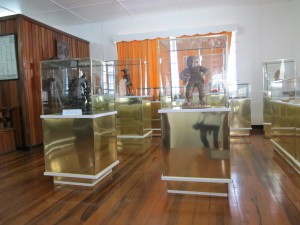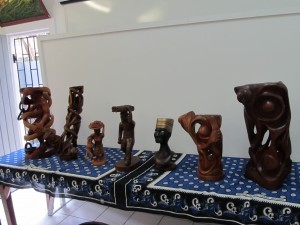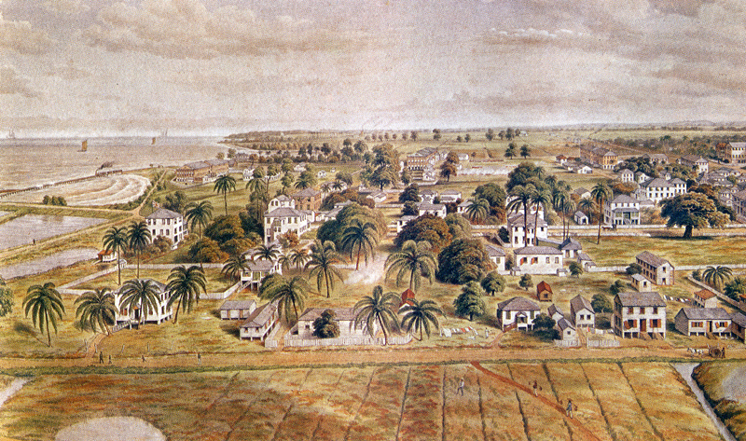This year, the African Heritage Museum, located in Barima Avenue, will celebrate its 18th anniversary of preserving and promoting the cultures of Africa. An exhibition celebrating its anniversary and Emancipation Day would begin on August 3 and would be open to the public until August month end.
The Museum of Arts and Ethnology was founded in 1985, with the purchase of collections of African art from anthropologist Hubert Nicholson and Desiree Malik. It was officially declared open July 31, 1994, by former president, Janet Jagan, and serves under the management of the Ministry of Culture, Youth and Sport.






Comments are closed.